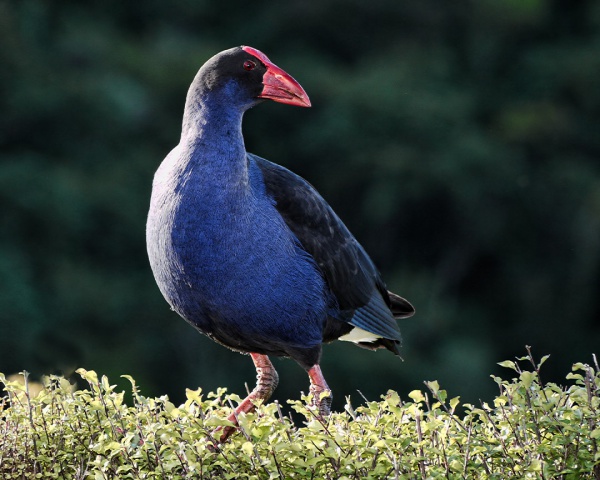Facts About Australasian swamphen
The Australasian swamphen, known as the pukeko in New Zealand, is a bird found across eastern Indonesia, Papua New Guinea, Australia, and New Zealand. Initially deemed a subspecies of the purple swamphen, this bird now enjoys recognition as a distinct species. Its range encompasses mainland Australia, eastern Indonesia, New Guinea, New Zealand, and adjacent islands.
In New Zealand, it is believed that the pukeko arrived around 1,000 years ago, possibly from Australia. These birds are known for their remarkable ability to travel long distances, which likely accounts for their presence on remote islands. Interestingly, the New Zealand population is slightly larger than the Australian one, but both groups share similar behaviors, such as preferring to walk rather than fly when faced with danger.
The Australasian swamphen is regarded as an ancestor to several island species, including the extinct Lord Howe swamphen and New Zealand's takahē. These birds live in groups, are highly vocal when defending their nests, and have adapted to environments with introduced predators. In Polynesian cultures, the swamphen holds significant symbolic value, representing nobility and power in Māori and Samoan traditions.
In New Zealand, the pukeko is a protected native gamebird and can be hunted only during specific seasons. While the Māori once consumed the bird, it is now considered tough and not suitable for eating. The species has thrived due to the creation of artificial lakes and ponds in both Australia and New Zealand.
Pukeko exhibit similar nesting and breeding behaviors to other swamphen species. In New Zealand, they nest from August to March, with multiple females often laying eggs in the same nest. It is common to see these birds foraging for food along roadsides, although roadkill poses a significant threat to their population.
